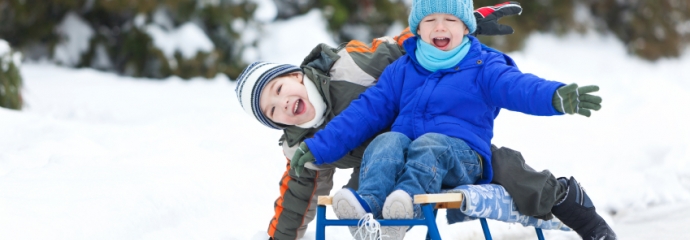You are here
Breathing / Airway

The muscle functions can be influenced by habits, and sometimes can have undesirable effects if used incorrectly in the long term. That is where breathing habits and postures become important. For example: - it takes only 2 - 5 g of force to move a lower front tooth - but the tongue can push ~500g of force and the lips ~100 - 150g of force - and the maxillas (upper jaw bones) develop according to tongue pressure So, if a child tends to breath through the mouth instead of the nose, or breathing through the nose but habitually having the lips apart and dropping the lower jaw, the tongue will be consistently dropping downwards together with the lower jaw, not putting any pressure on the palate as well as the inner sides of the upper teeth. Meanwhile, the upper lip and surrounding muscles are keeping the pressure on the upper teeth and the supporting bone, therefore creating a net inward pressure, leading towards the development of increased crowding of the upper teeth and narrow upper jaw. Kids who tend to slouch and hunch their back will also tend to find it more difficult to breath through the nose due to the chest being more compressed and squashed. So, like it or not, guess our grandmothers were right about having a good sitting and standing postures, and to always keep our lips together. Try it for yourself -- you simply have to breath with the nose when the lips are together, the upper and lower teeth are almost touching, and the tongue is naturally resting gently against the palate, even when you're not swallowing.
Our Doctors
Opening hours
- Monday: 9am–5pm
- Tuesday: 9:30am–6pm
- Wednesday: 9am–5pm
- Thursday: 9am–5pm
- Friday: 9am–5.30pm
- Saturday: 9am–1pm
- Sunday: Closed

